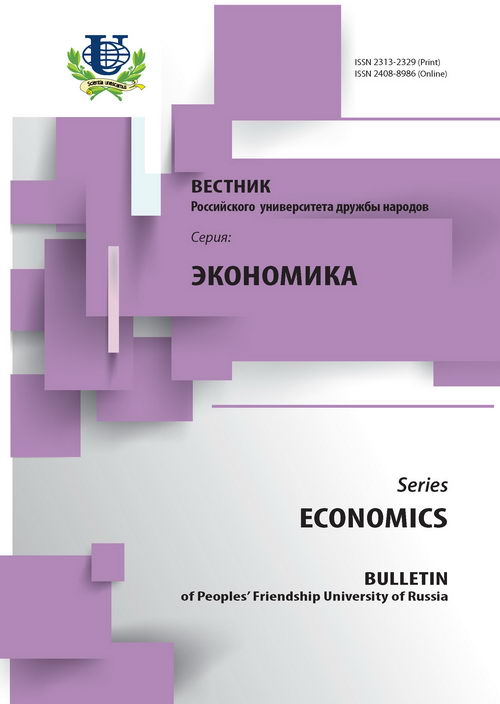Abstract
The fundamental purpose of the article is to show changes in the intensity, scale and main directions of final foreign migrations in Poland during 1990-2008. On the grounds of statistical data, it ought to be stated that the expectations of increased migration outflow of the permanent character, and also media expectations that after 1st May 2004, 2 mln Poles would leave Poland did not come true. However, after Poland had joined the European Union the scale of temporary departures for work increased, and the number of people leaving Poland for a specific period of time, while assuming return migration but without stating when the return was going to take place, increased. After Poland had joined the European Union the scale of temporary departures for work increased. 70% of emigrating Polish people stay abroad for over a year, and therefore they should be considered long-term emigrants: the main purpose is earning money, but the transfer of income to the country is smaller and smaller, espesially during the world crisis 2008-2009. This decrease places Poland on the third position (after Moldavia and Turkey) among emigration countries that suffered most in the crisis because of lower transfers.














